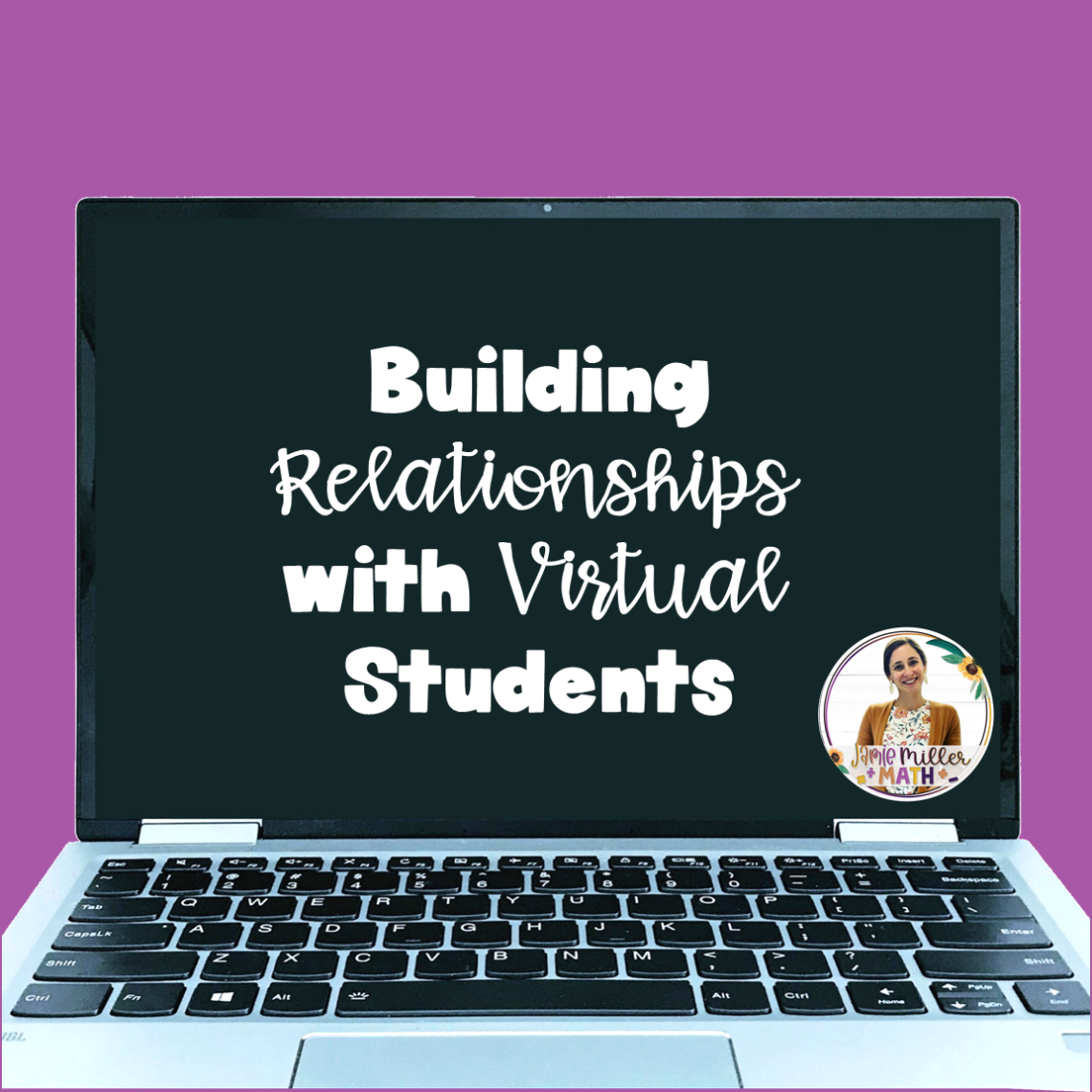
Building Relationships with Virtual Students
I have always been a huge proponent of building meaningful relationships. When students have a relationship with you and feel valued, respected, and safe, they are more likely to want to do well and try harder in your class. Building these relationships with black boxes on a computer screen, however, can definitely be difficult. Below I want to share some tips I use to build relationships with my virtual learners. I hope you find these tips helpful!
Greet every student
As soon as students enter Zoom, I always greet them by name with a smile on my face. While they can’t see my smile under my mask, I hope they can see the wrinkles that form around my eyes when I smile. This is just as important as greeting in-person students at the door as they enter your physical classroom. Greeting students by name enables students to feel a sense of belonging to your virtual classroom and helps them invest in their learning. Spend a few minutes welcoming students to class to build a social and emotional support system grounded in relationships.
Attendance question
I’m not sure where the idea originated, but I like using an attendance question to start class. The questions can be funny or serious, anything you like. Involve your students in creating the attendance questions. I type the question into the chat and give a countdown for students to respond. Students respond in a waterfall-like effect and it is a nice way to get to know one another, as well as a springboard for further discussions and side conversations. It is a great way to kick off class and shows your students you want to get to know them on a deeper level.

Check-ins
Check-in with virtual students in different ways. Check-in either verbally or through the chat, email/message, a Google form, and by communicating with parents/guardians. Checking in with students in a variety of ways shows them you care about their well-being and success in your class. I have a daily check-in on my Canvas course that students can complete at any time if they want me to know something that is going on in their lives or just feel the need to check-in.

Office hours
I utilize break-out rooms (placing students in individual rooms) often during class but have found that some of my virtual students prefer coming to office hours to work with me. While I don’t have designated office hours built into my teaching day, I offer office hours during our 11th-period study hall. My virtual class is the first period and while it is my students’ jobs to work on schoolwork during our class time, I realize my students have responsibilities and obligations to their families that sometimes interfere with their learning. Office hours are another option for students to advocate for themselves and receive assistance.
Involvement
Getting your virtual students involved and engaged can certainly be challenging. I have found that when I make my expectations very clear, my virtual students (for the most part) do rise to the occasion. I try to get them involved as much as possible, from reading word problems aloud to answering questions. I have found that my virtual students want to feel included with my in-person students in my blended class. I have been experimenting with more collaborative activities, specifically through math workshop. I strategically plan groups that include in person and virtual students. My in-person students login to Zoom and I assign breakout rooms so they can work together through centers while I work with a teacher station. If you are interested in learning more about math workshop, check out this blog post. Collaborative activities have been one of the best things I have done so far this year!
Final Thoughts
Building relationships with virtual students can be difficult but it is not impossible. Keep showing your students you care about them! I would love to hear how you build relationships with virtual students. Share your ideas below!


